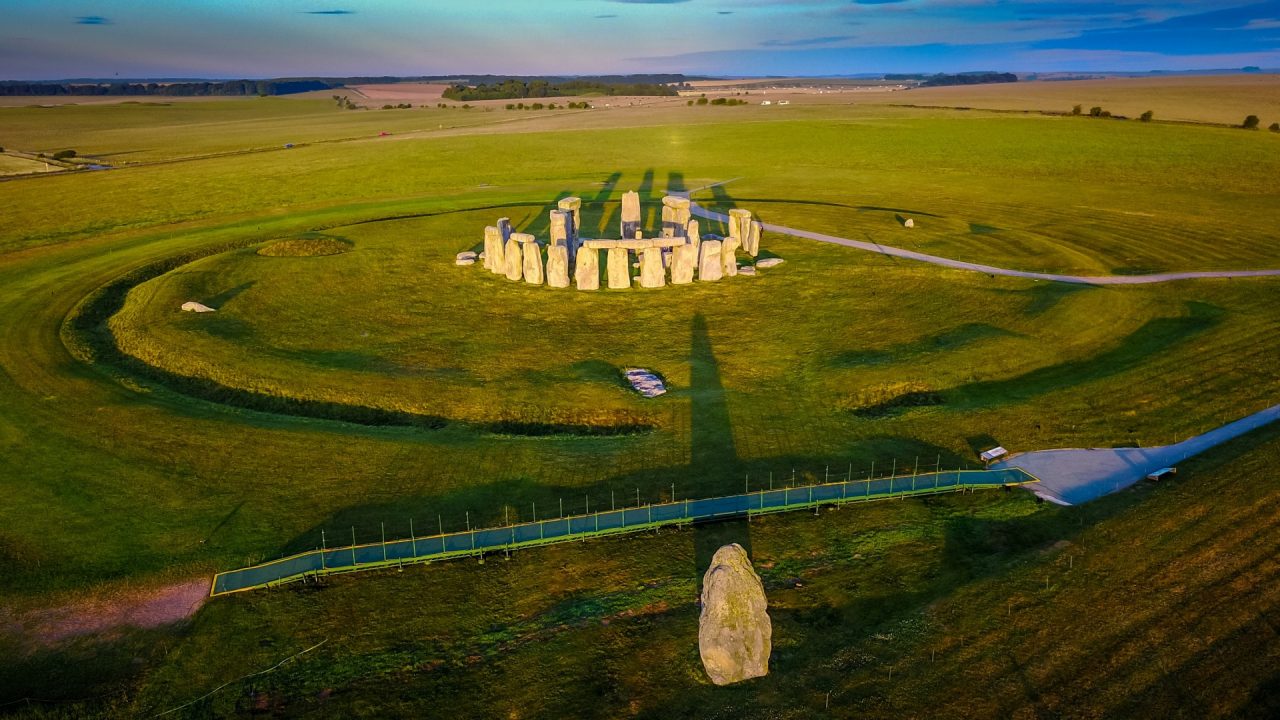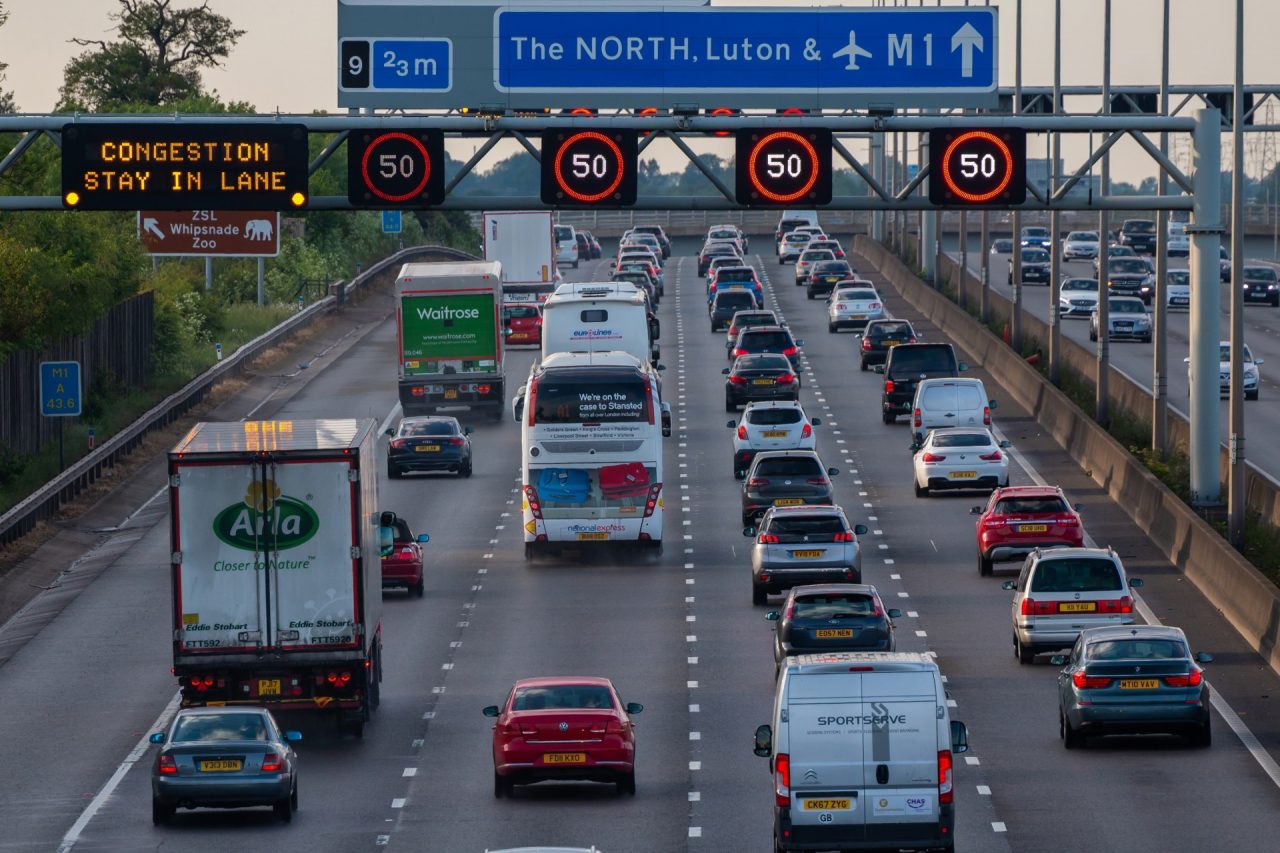At 4 a.m. early on the morning of June 20th, a glow appears on the horizon. It spreads over the meadows of Wiltshire, the area in southern Britain home to Salisbury and its medieval Cathedral, boasting the UK’s tallest church spire. Along a path through pastures and crops, people are walking in the same direction, as if drawn to the light. It’s an unusually large crowd considering the early hour, and for a place in the middle of the deserted English countryside.
The small group has left their cars in a car park, where families with children camp among tents and caravans. After an hourʼs walk of about 6 kilometres through the fields, the last stretch is the most scenic: a sign indicates a path that dips and then climbs. In the distance the destination appears among the rolling hills and wind-swept meadows: Stonehenge.
On the opposite side is the official entrance, where the bus parking lots and ticket offices are located. Here the view changes completely. The cars speed by just a few hundred meters away, and their noise spoils the magic of the landscape and the reverie it produces.
The A303 highway that passes only 165 meters (541 feet) from the south side of Stonehenge, right where the main access to the monument is. The road is one of the largest roads in the UK that runs from London to Cornwall, cutting across the country’s rich south, from east to west.
After years and years of debate, and clashes with those who opposed the new project, the archaeological site is about to be freed from the old highway, which will be “buried”.

Stonehenge's new underground highway: the project
Work on the A303 was supposed to start this year, but the pandemic pushed everything back. The final OK from Transport Minister Grant Shapps was due to arrive in July, but has now been delayed until November due to new archaeological discoveries nearby. Once the green light is confirmed, work can begin in 2021 and finish in 2027.
This is a very complex project that involves dismantling a section of the old road and rebuilding it in a tunnel, making it invisible as it passes near the archaeological site.
The tunnels – one in each direction, will be excavated by two TBMs (tunnel boring machines, or moles) which each will dig about 3 kilometres (1.8 miles) of tunnel.
In recent years many projects have come and gone, but now the question of the Stonehenge’s new underground highway seems to be solved. Boris Johnsonʼs government was set to announce its plans on July 17 for a project to build an underground four-lane wide motorway, for a total length of 3.3 kilometers (2 miles) including entrance ways. The cost of the entire project is now around £1.25 billion, and could increase further due to the difficulties caused by the particular geology of the site.

A303 Stonehenge highways: a centuries-old problem
Traffic has been travelling on the A303, a stone’s throw from Stonehenge, from as far back as 1933, when King George V of Great Britain inaugurated the motorway from Basingstoke, a city in the south-western hinterland of London, to Honiton in Devon. The road passes right next to Stonehenge. The newborn A303 incorporates a much older road: the Harrow Way, a route dating from as early as 600 B.C. that cut through southern England from east to west.
The four-lane highway narrows to two lanes right next to the monument, creating a funnel and continuous queues that produce traffic and smog.
In 1992, 60 years after the inauguration of the A303, the Highway Agency, the public company that manages the British road network, announced a project to revise the route of the motorway through Stonehenge. Nearly thirty years on, the A303 is still there with its funnels and stuck vehicles, but above all at a very high environmental and economic cost. The first project to “bury” the motorway dates back to the mid-1990s, but progress has been hampered by protests from archaeologists who say the tunnel could destroy historical artefacts.
According to project supporters, the project — in addition to reducing congestion and protecting the site — would also help support Salisbury’s economic development. Every year the Stonehenge circle draws over 1 million visitors, a major economic contributor to the area, starting with the shuttles connecting the railway station and the site. Every year the tourism of the archaeological site takes in around £6 million, and the construction of the new motorway with the protection of the site could give further impetus to the enormous touristic value of the structure.

